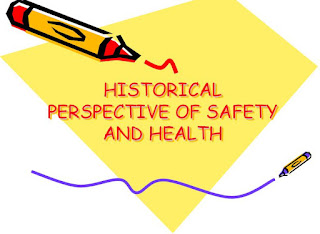INTRODUCTION TO
SEMICONDUCTORS
Course Learning Outline
At
the end of this course, you will be able to :
1. Describe illustratively the theoretical
characteristics and electrical properties of semiconductors. (C2)
2. Explain the applications of semiconductor
devices using the schematic diagrams. (C4)
3.Conduct the
construction of semiconductor devices application circuits based on schematic
diagrams. (P4)


.JPG)




.JPG)
.JPG)
.JPG)














